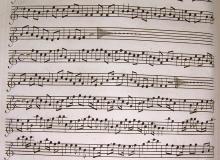The Jesuit priests and brothers were highly educated in both scholastic and humanistic learning. They were comfortable with theology and the emerging modern science. Their course of studies prepared them to preach in far away countries and to record what they saw in those lands. They thought about heavenly things and engaged with the world around them. Thus at the same time as writing the Commandments in Chinese, Jesuits were translating Confucian texts into European languages. Their letters are full of descriptions of things like fauna and flora and records of lunar eclipses and typhoons.
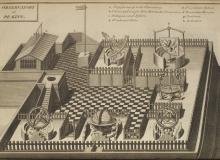
Jesuits have always been interested in the stars and even today Jesuits run the Vatican Observatory. It was critical work in China.
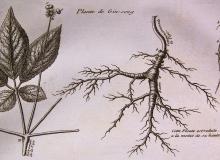
European missionaries noticed how popular the roots of the plant ginseng were in China. It was prized for its medicinal properties.
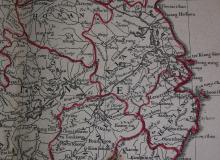
Jesuit missionaries used their scientific and mathematical knowledge to construct accurate maps of the places they visited. These were widely disseminated.
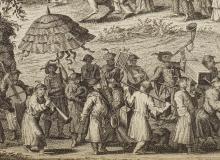
Quando il Fiume Giallo si acchiararà (Frammenti ricciani) (2011)
In keeping with the historic and continuing practice of the Jesuits, an artist was commissioned to help participate in the book exhibition that initiated this project. Ralf Gawlick, composer, responded to the epic story of Ricci.

We forget that even commonplace plants had to originate somewhere. Here missionaries describe the properties of a new plant – “rhubarb”.
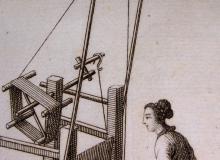
Silk has been cultivated in China since ancient times, a fact well known in the west for centuries. It still arouses much interest.
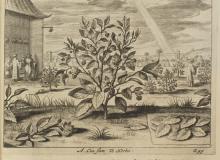
Tea
Jesuit missionaries were fascinated by the culture of tea drinking and described it in great detail, from its cultivation to its medicinal properties.
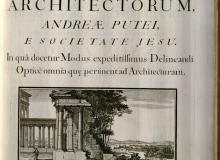
Translation of Andrea Pozzo’s treatise on perspective into Chinese
Andrea Pozzo (1642-1709) was a Jesuit brother who was also an artist and an architect. His work on perspective was translated into Chinese.
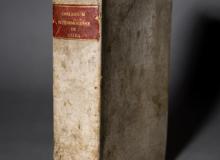
Translation of Aristotelian concepts into Chinese
Jesuits studied philosophy and theology, and utilized the ancient classics. The textbook of Aristotelian teachings, used especially at Coimbra, was later translated into Chinese.
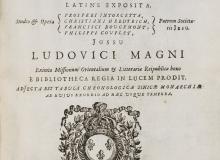
Translation of Confucian classics into European languages
Jesuit missionaries began translating the Confucian canon in 1583. The first work that transmitted this knowledge to Europe was published in Paris in 1687.
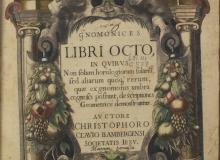
Translation of Euclidean geometry into Chinese
Ricci and his fellow Jesuits relied on their learning, including mathematical principles, especially as they had been taught these by Jesuits like Clavius.

